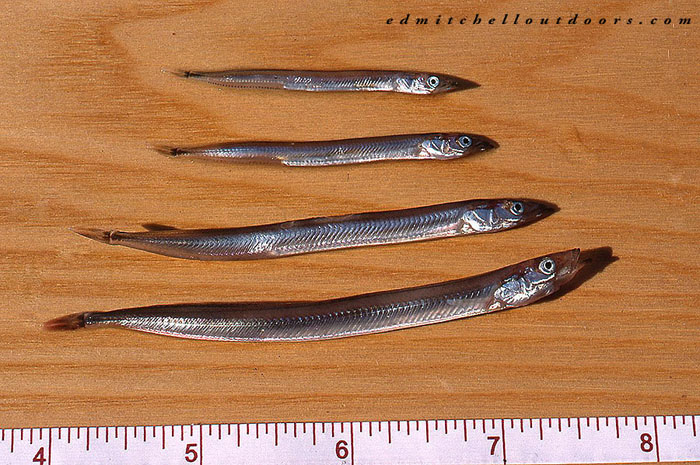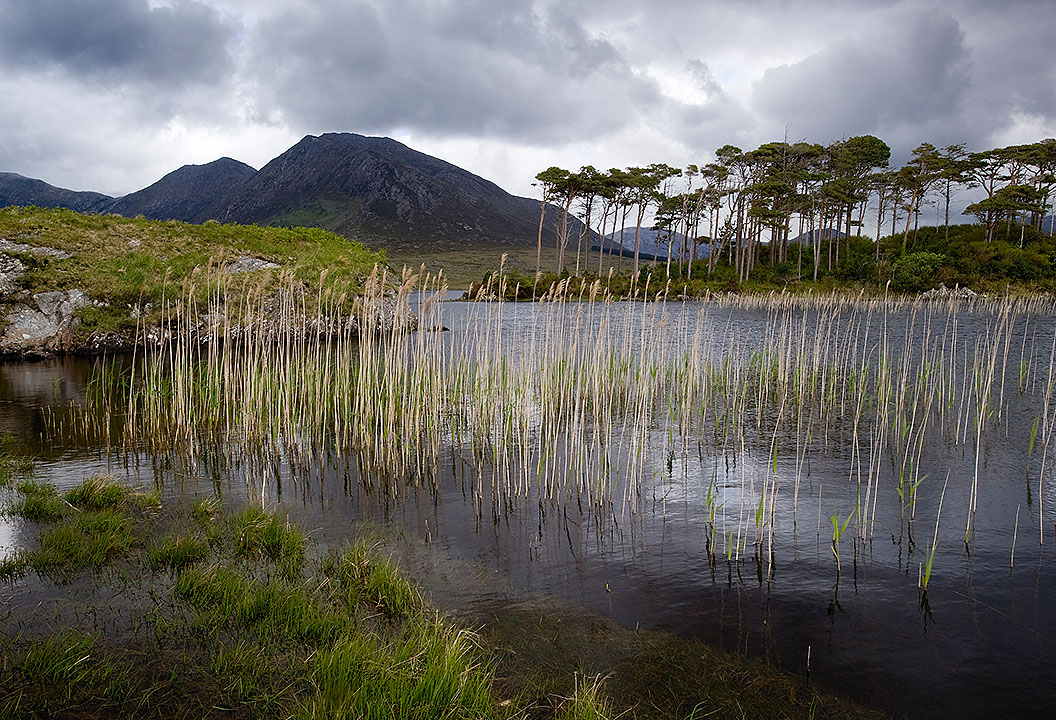June means Sand Eels:
The first fly fishing article I ever sold was about sand eels. (here) The year was 1988. The magazine was Fly Fisherman. Seems like a long time ago my friend.
Why on earth did I pick that subject? I had been fishing the New England salt long enough at that point to know that sand eels were an extremely import forge base for striped bass, as well as many other marine critters. And I also realized that if you understood how sand eels conducted their lives your angling success would rise accordingly.

YOY June Sand eels
That article was not only my first, I believe it to be the first fly-fishing story ever written about the life cycle of a marine forage fish. Just as freshwater anglers benefit from their knowledge of mayflies and caddis, a salt angler benefit from knowing what their quarry eats. Hence you must be ready to “match” the marine.

School of June sand eels
One of the best ways to find sand eel, and therefore to find striped bass, is to locate sandy beaches that nesting terns call home. Terns love to feast on sand eels. Small oily and abundant and often in shallow water, sand eels are the perfect food for terns seeking to raise their young. In fact terns travel thousands of miles from their tropical winter grounds each spring to greet the sand eels.
Typically the best bass fishing usually occurs at dusk and false dawn, the hour before sunrise. Night fishing can be productive too, especially on a dropping tide that arrives in the wee hours. In all cases, a slow retrieves is the right deal. In areas of current, the rips on the Cape Cod come mind, a sinking fly and even a sink tip line may be required but along most beaches a floating or intermediate fly line an unweighted fly is fine.
PS Many years later I did a second story on sand eels. Perhaps I’ll get around to posting that one too.


























